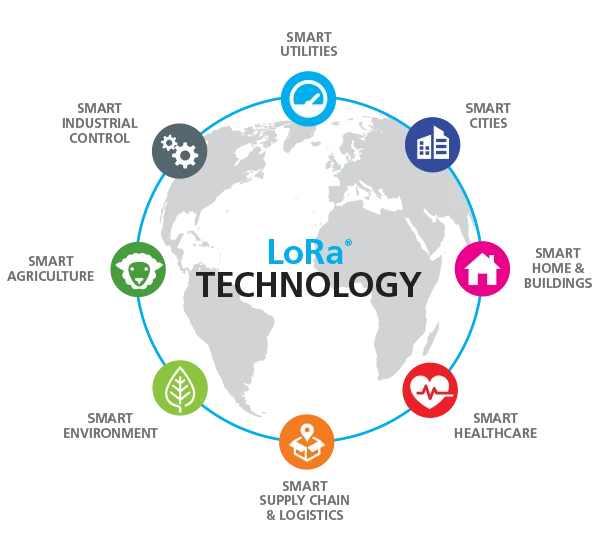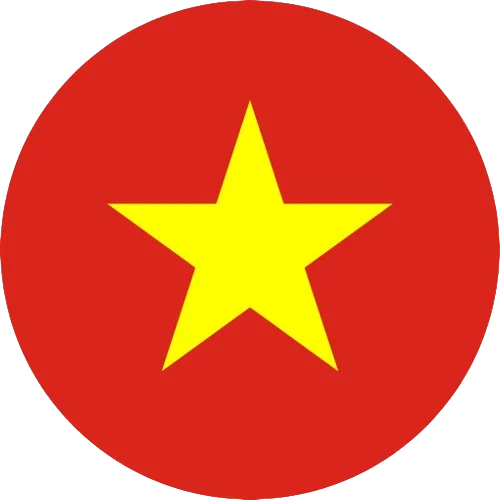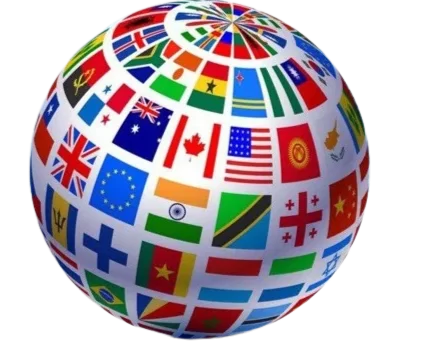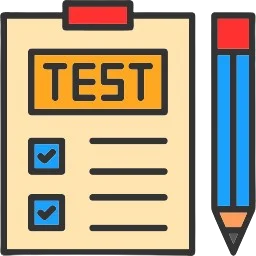Guidance for importing the device using LoRa technology to Vietnam
What is LoRa?
With the rapid advancement of IoT technology, an exceptional number of IoT scenarios have surfaced, alongside the launch of various IoT communication systems. These IoT systems range from Narrowband Internet of Things (NB-IoT), Long Term Evolution-Category M1 (LTE-M), Wi-SUN, and Sigfox. The market is now bustling with several technology and promotion alliances competing against each other to be at the forefront. Among the contenders, LoRa technology has emerged as a promising communication system with a global IoT infrastructure. Through its implementation, LoRa is innovatively positioning itself in the IoT landscape. This post delves into the basics of LoRa technology, its advantages, and its network architecture.

LPWAN (low power wide area network) is an Internet of Things (IoT) network layer technology that addresses the long-distance and low-power consumption requirements of IoT. It features low power consumption, long-range transmission, low bandwidth, simple network structure, and low operational costs. LoRa is one of the most mature and widely used technologies in LPWAN, boasting a developed ecosystem and a rapidly growing market. Its growth rate is expected to double in the coming years.
LoRa application scenarios
The LoRaWAN-based network can provide secure data transmission distance and two-way communication, and cover urban areas with the least network infrastructure. LoRa will be widely used in a variety of application scenarios such as smart agriculture, smart buildings, and smart logistics.

Importing and trading products using LPWAN technology requires the following:
• Certificate of conformity and declaration of conformity of the Ministry of Information and Communications (MIC).
To do the job, we take the following steps:
Step 1: Definition of HS CODE and description of products/goods whether fall into Circular 02/2024/TT-BTTTT?
Step 2: Definition of national technical regulation will apply to products/goods and make the quotation to customer
Step 3: Checking for foreign manufacturers/ OEMs have ISO 9001 or not?
– If YES, the validity of certificate: 03 years (By Scheme 1)
– If NO, the validity of certificate: for Lots/Batch only (By Scheme 7)
Step 4: Testing the sample at MRA lab or designated local lab by MIC’s designation
Step 5: Submit the document to VNTA (TQC) for certification:
– Application form for certification
– Business license of certificate holder
– Product specification
– ISO 9001 (if any)
– Test report
Step 6: Issue type approval certificate.
Step 7: Make sDoC (Declaration of conformity) and affix the ICT Mark on the sample before selling to the market.
Interlink Vietnam can help you navigate the complex and dynamic regulatory landscape in Vietnam and ensure your products successfully enter the market.
Contact us for more information!




